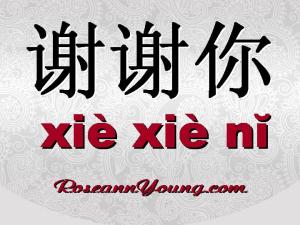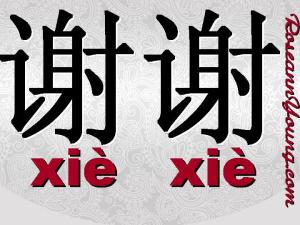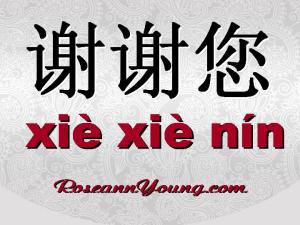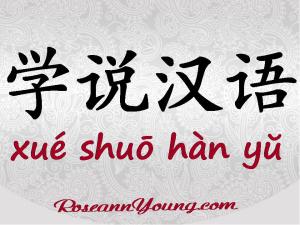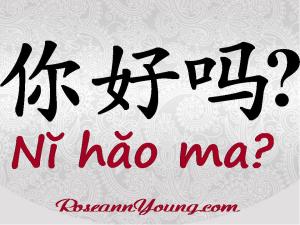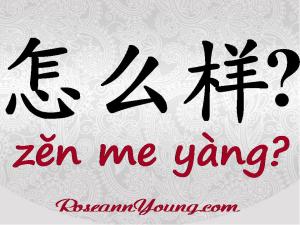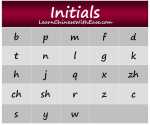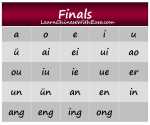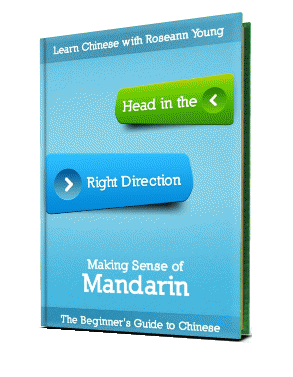Archive
Say Thank You in Chinese
Discover How to Say Thank You in Chinese by Video!
Soon, you’ll find that you’ll be saying thank you very easily! After you’ve watched the thank you video, you’ll know even more than:
- Thank you! (谢谢你!Xiè xiè nĭ!)
- Thank you so much! (多谢! Duō xiè!)
- Thank you very much! (非常感谢! Fēi cháng găn xiè!)
Saying thank you in Chinese definitely starts with “Xiè xie nĭ,” but it definitely doesn’t end there! Since there are so many ways to say thank you, you will not only want to consider other phrases for expressing the same thought, but you’ll also want to consider demonstrating your gratitude through action rather than just by words.
For those who want to Learn to Speak Chinese, you can easily do that on the Kindle App or on the Kindle itself!
Thank You in Chinese
How to Say Thank You in Chinese
First, if you really want to know how to say thank you in Chinese, then you can simply say, “Xiè xiè nĭ.” The first two Chinese characters are pronounced “shee-eh” in PinYin, but are pronounced with the falling fourth tone.
With the fourth tone, you begin with a high pitch and then gradually fall over time to a low pitch. (Much like a sigh). Then, the third character, which means you, is pronounced “knee,” but with the falling and then rising third tone. Begin at normal pitch, lower the pitch, and then raise the pitch over time.
Thank You in Chinese: Thanks in Chinese
Second, for the simpler version to say thank you in Chinese (which is more like “thanks”), you can simply say, “Xiè xiè.” Here again, both characters are pronounced “shee-eh” and are pronounced with the falling fourth tone. In this case, once you finish the first character, pause slightly so that you can begin again at the higher pitch and fall again.
In this and the previous case, you are actually saying “thanks” two times in order to emphasize the magnitude of your gratitude. By saying the Chinese character twice, you are stressing how much you mean what you have said. In Chinese, it would be illogical to say thank you only once.
Thank You in Chinese Politely
Third, you will find that the polite version of saying thank you in Chinese is much like the first, extended version. Begin with the same “Xiè xiè,” but then on the end, instead of using “nĭ” you will instead replace this you with the more polite version, “nín.”
In the third character, you will notice with Chinese languages that the top portion of the character is exactly the same as the more commonly used version of you. Then, the bottom portion of the Chinese character showcases the addition of “xīn” which means heart. So in learning Chinese, you can see that the more polite version of “you” includes the addition of the heart.
By the way, the more polite version of thank you is often used for addressing those that are older than you, more highly respected, or to whom you were just recently introduced. (As you become more familiar with each other and they are relatively close in age, then you would probably switch to the more common version of you).
Now that you know how to say thank you in Chinese, you’ll want to practice it as soon as possible! (That way, it will be easier to remember)!
Please in Chinese
How to Say Please in Chinese
Knowing how to say please in Chinese can be extremely helpful! Even if you’re only looking to say thank you in Chinese, you’ll at least want to know please in Chinese so that you can respond correctly.
Take a moment to watch this video on saying please in Chinese…
Using Please in Chinese
Once you have please in Chinese down, you’ll find that you use it much more often than you think in speaking Mandarin Chinese! Since please comes at the beginning of the sentence, you’ll find many of your requests will start with this Chinese character. At any rate, you’ll learn Chinese for please in just a few minutes!
Learn to Speak Chinese
For those who are somewhat familiar with Chinese (you have heard of tones and PinYin before), then Learn to Speak Chinese is a great way to get started! With a review and reinforcement of the basics of the Chinese language as well as essential vocabulary and phrases, you’ll find this eBook for your tablet, phone, or Kindle to be just what you need to get you speaking Mandarin Chinese.
Learning Mandarin can be easy when you’re taught simply the basics and shown how by someone who has gone through the process of learning Chinese as an additional language. Find out for yourself just how easy it is, especially with the flashcards designed to get you off and running when it comes to speaking Chinese!
How Are You in Chinese
Video to Say How Are You in Chinese
If you’re looking to say, “How are you?” in Chinese, watch this brief video so you can hear and see how it’s done in Mandarin Chinese. The benefit is that you can see both Chinese characters and Chinese PinYin as you hear this Chinese phrase being said.
Options for How Are You in Chinese
Ni Hao Ma?
When formally meeting someone or meeting someone for the first time, you’ll probably want to use the Chinese phrase 你好吗? for how are you. Below you can see the Chinese characters and PinYin for how to say this slightly more formal phrase.
Ni Zen Me Yang?
When you’ve met someone before or are more familiar with them, then you can use the phrase 你怎么样? for how are you in Chinese. This phrase is closer to “How’s it going?” or “How have you been?” and you can see it in the Chinese language below.
Hope this helps you with saying how are you in Chinese!
Chinese Alphabet
Video on the Chinese Alphabet
For the Chinese alphabet, use video to make Mandarin Chinese easy! Listen to the blends as well as see them to learn Chinese quickly!
Chinese Alphabet Farce
The Chinese alphabet technically does not exist, but Chinese PinYin does! Chinese PinYin is a system of blends that allows you to read any Chinese character with ease. All you need is the Chinese PinYin written below the character so you can read it.
You’ll find that many children’s books or primary readers in Mandarin use Chinese PinYin. So with the Chinese alphabet, reading Chinese characters can be a breeze!
Chinese Alphabet Basics
There are two categories of blends in the Chinese alphabet:
- Chinese alphabet initials
- Chinese alphabet finals
The initials general begin a sound for a character, while the finals end it. I like to think of the initials as consonants and the finals as vowels in the Chinese alphabet.
Chinese Alphabet Charts
Take a look at the Chinese alphabet charts below so you know how to read Chinese alphabet initials and Chinese alphabet finals.
Hope these charts will help you in learning the Chinese alphabet!
How Can I Say Thin in Chinese?
WARNING: This character can’t be utilized in reference to an individual to mean that he or she is slim and trim! Rather, use “shòu” for this.
The Chinese character for thin (when referring to objects) is “bó” which can alternatively be pronounced also as “báo.” The initial sound is “b” + “wo” (that’s between “woah” and “wow”) even though the second is “b” + “ou” as in “ouch.”
You’ll enjoy the list of possibilities for utilizing this character!
- flimsy
- weak
- shabbily
- infertile ground (as in thin topsoil)
- slight
- meager
- ungenerous
How Do I Say Thick in Chinese?
Whilst some may possibly expect that “thick” could also be used to express difficulty in understanding an idea, that connotation is really greatest left for “late or slow.” Rather, the alternative meanings for thick are
- crass,
- brazen,
- shameless, or
- impudent.
“Hòu” is stated together with the falling fourth tone and pronounced like the word “ho” or “hoe.”
“Hòu” is the Chinese character for thick, particularly since it relates for the thickness of an object or piece of material. Other meanings for “hòu” demonstrate its positive attributes.
- depth
- kindness
- sincerity
- excellent will
- adoration
How to Say Late in Chinese
A single Chinese character for late in Chinese is “chí.” This character is mentioned with the increasing second tone and pronounced as “ch” + “er.”
When combined together with the character for early, “chí” + “zao” can be utilised to mean both sooner or later and early or late (as in “Don’t come early or late to dinner.”). Other definitions could possibly be tardy or slow (either sluggish or dim-witted), dependent around the context.
When combined with other characters, you may discover such terms as
- dusk,
- twilight, or
- hesitation.
For more on the fundamentals of the Mandarin language, visit my blog.
Say Early in Chinese
Early morning is amongst the finest instances from the day! Basically, morning in Chinese is mentioned as “early” + “on.” The Chinese character for early is “zao,” mentioned with all the falling and increasing third tone and pronounced as “ds” in hands + “ou” as in ouch.
Some other meanings for “zao” are
- premature
- precocious
- as well as getting doubled (“zao” “zao”) to imply ASAP (as soon as you possibly can) or put together with other characters for words including
- breakfast,
- morning workouts, or
- long ago.
